USS North Carolina (BB-55) was the first built fast battleship for the US Navy which featured faster speed without compromising weapons and armor. The ship survived world war 2 and today it's preserved as a museum ship.
Controls
Ship
VTOL: Sail ahead. Or backwardYaw: Rudder control. Turn rate is limited to ship speed so 0 speed = 0 yawActivate7: Navlights and searchlightsActivate8: Lock rudder- Anti-aircraft guns will auto aim when selected target is at 5 km range
- Activating crane or seaplane will automatically lock rudder control. Because they all use the same input but the ship is lower priority
Main guns
Activate1: Rotate central fire control aiming camera (Roll), also enable turrets elevation (Pitch)SelectedWeapon=Main guns: Enable turrets rotation. These turrets will automatically follow central fire control direction- Guns will be enabled if the turrets bearing angle matched the fire control system
- Hold
FireGuns: Slow down turrets control for higher precision. Useful for sniping USS Beast battlegroup 36 km away from water takeoff. Yeah I tested it's possible - Hold
FireWeapons: Fire all active guns in a salvo - Release
FireWeapons: Reload all guns, including the one that didn't fire. That's why I reccomend to fire at once - DO NOT hold
FireWeaponswhen turret is still traversing or when the reload timer is 0 as it won't fire but reload again. Fire when the guns are ready - Activating seaplane will disable the turrets control. This is to ease switching control between manually guiding trajectory and seaplane spotting
Secondary guns
Activate2: Switch between port(-) and starboard (+) gunsActivate3: Enable turrets rotation (Roll) and elevation (Pitch)- Activating seaplane also disable secondary guns control
Crane
Activate6: Enable crane controlsPitch: Extend crane armRoll: Rotate. Can't move to rightYaw: Reel the winchActivate5: Hook the seaplaneBrake+Roll: Rotate hooked seaplane
Seaplane
-LandingGear: Enable seaplane controlPitch+Roll+Yaw+Throttle+Brake: Basic aircraft controlsActivate5: Stabilizer- Seaplane control is disabled when the crane is active
LaunchCountermeasures: Update coordinate
Seaplane instruction manual
Catapult take off
1. Go to seaplane camera, Activate6 for crane control and start fueling and arming the seaplane. LandingGear To see the HUD
2. +Yaw to reel down and once it touched the seaplane, Activate5 to attach
3. -Yaw to reel up. The closer to the winch the better because more stable when moved
4. Move the camera to top view. With Roll and Pitch, position the seaplane on top of the launcher. Hold Brake then Roll to rotate seaplane. Also move camera to side view to check if the pontoon is above the launcher

5. Make sure it's aligned with the launcher. If it's already aligned, +Yaw again to reel down until both pontoon and launch platform touched
6. See the buttonns on the back of launcher? Click the left one and -activate5 at the same time. The seaplane now is locked to the launcher, you can -activate6
7. LandingGear if you haven't. Throttle up. Once you're ready. click the right button behind the launcher to launch
Take off speed is very low. For faster take off, yeet the plane offboard and manually take off. If the plane capsized, just
Activate5
Cruising & trajectory guidance
The fuel last for 20 minutes at 100% Throttle. Seems long enough but the airspeed is low so it takes time to get somewhere. To save fuel while cruising, enable auto-stabilization (Activate5), set throttle to 50%, then disable seaplane (LandingGear) while holding pitch up. This will keep the plane stay leveled during cruise at the cost of slower speed.
For trajectory guidance. First, select weapon "Main guns". Launch flares when the plane is beyond turret minimum range, then move to fire control camera. On the camera view, press the button on the right. From there, the turrets will aim at the sport where you launched flare before. Launch flare again to update the coordinate.
Trajectory guidance feature is quite unreliable. It worked well when the battleship is idle but the coordinate is slightly off when moving because of physics. It's also only work on flat surface since non-main cockpit lacked
AltitudeAgl. Therefore, this feature is kinda useless and manual aiming is more reliable.
Recovery
1, While the seaplane is in cruising mode, turn on crane (Activate6). Extend to the port side
2. Reel down (+Yaw) until the magnet is close to water
3. Now land the seaplane behind the ship. Once on water, enable auto-stabilization (Activate5)
4. Throttle slowly slightly above ship speed. Try to hit the magnet you reeled down before
5. If you managed to hit the magnet with stabilizer on (Activate5), the plane should be attached to the crane. Now reel up (-Yaw)
6. Put it back in its original position to refuel and rearm
Credits
- WoWS and the Sketchfab user who extracted the model reference
- ChatGPT helped a lot by re-introducing me trigonometry and projectile motion
- @PlanariaLab for the AA auto aim. I tried to convert the variables directly into rotator input but doesn't work. So I end up filling the variable setters for every AA guns onboard
- @BMilan inspired the portholes light
- @ThomasRoderick for reload framework idea but I still don't understand then redesigned it my own way
- @PlaneFlightX for variable setters basic
Additional notes
- I tried to design individual reload system for each turret under a single weapon section but it's too complex. I think it's still possible but my technical icompetence limit the possibility
- The all guns reload system is damn buggy and I can't fix it. You could skip reload by changing weapon section before releasing
FireWeaponsinput - Differentiating weapon section for each turrets would solve the issue easily. But it's a battleship, the main selling point is firing all big guns at once and see big booms
- Tested on PC highest graphics and max air traffic. With AMD Ryzen7 2700X, 32 GB RAM, RTX 3080 Ti. I got stable 40 fps but dropped to 20 when firing AA
- Idk when the next upload will ever be. I guess I'll wait for SP2
- Might be uncompatible with ocean mod
Specifications
Spotlights
- SemedianIndustries one month ago
- EternalDarkness 2 months ago
- ThomasRoderick 2 months ago
- BMilan 2 months ago
- Graingy 2 months ago
- ShiroNeko 2 months ago
- dINE 2 months ago
- Noname918181818181818181 2 months ago
- TemporaryReplacement 2 months ago
- Fineilldoitmyself one month ago
- Tookan 2 months ago
- EasternPatrick 2 months ago
- MentallyDistorted 2 months ago
- TheCommentaryGuy 2 months ago
- Jaspy190 2 months ago
- Zerkk one month ago
- Rb2h 2 months ago
- Monarchii 2 months ago
- Karroc9522 2 months ago
General Characteristics
- Created On Windows
- Wingspan 155.8ft (47.5m)
- Length 726.0ft (221.3m)
- Height 176.6ft (53.8m)
- Empty Weight 227,908lbs (103,377kg)
- Loaded Weight 272,221lbs (123,477kg)
Performance
- Power/Weight Ratio 0.557
- Wing Loading 799.7lbs/ft2 (3,904.5kg/m2)
- Wing Area 340.4ft2 (31.6m2)
- Drag Points 108867
Parts
- Number of Parts 1826
- Control Surfaces 8
- Performance Cost 6,890

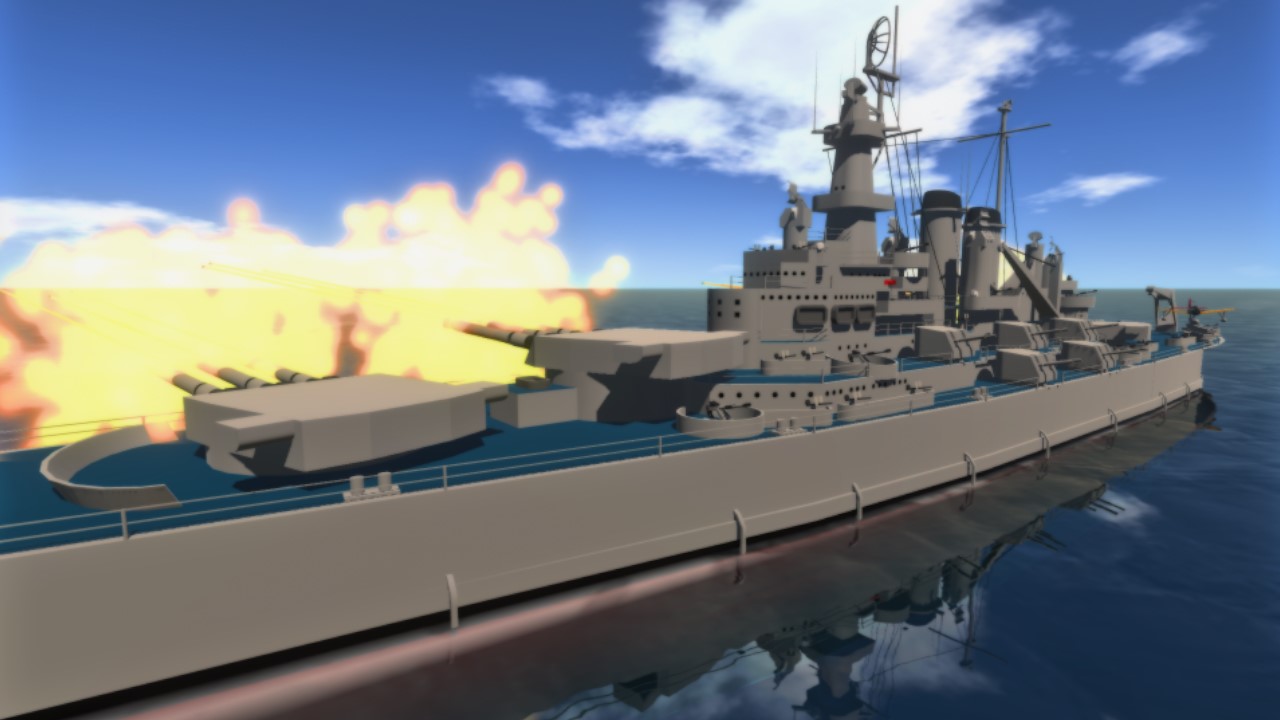
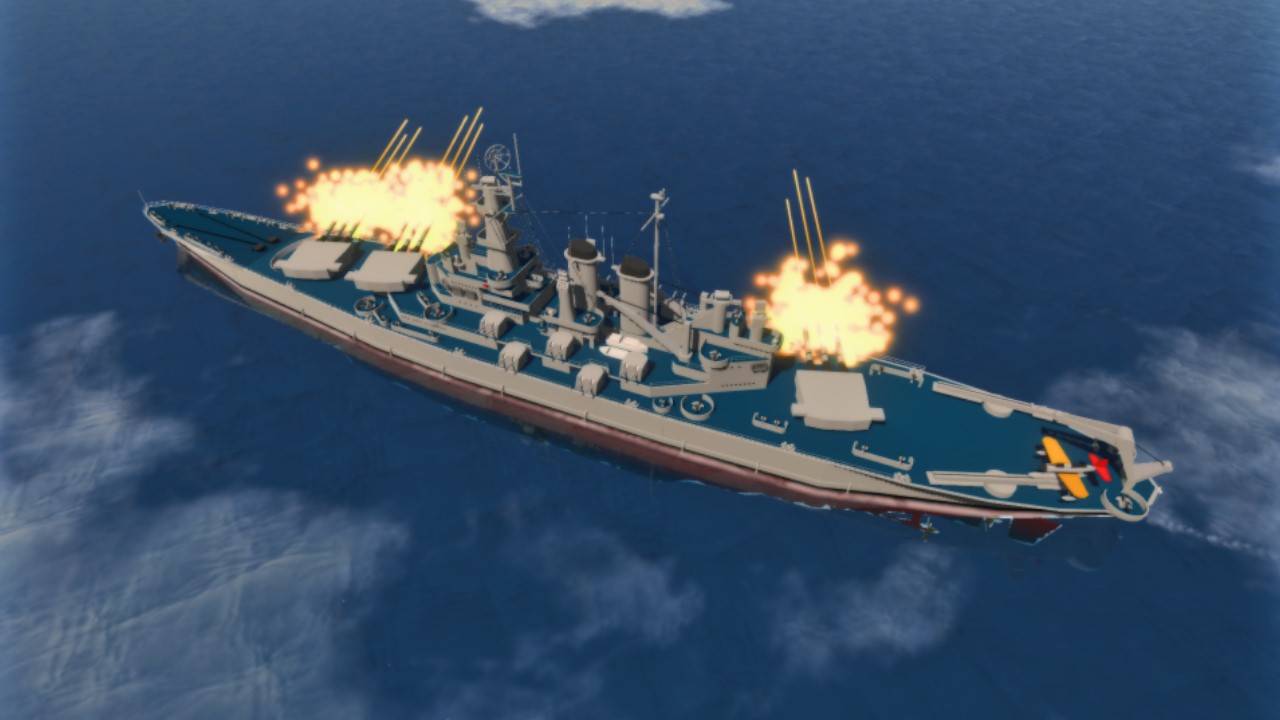
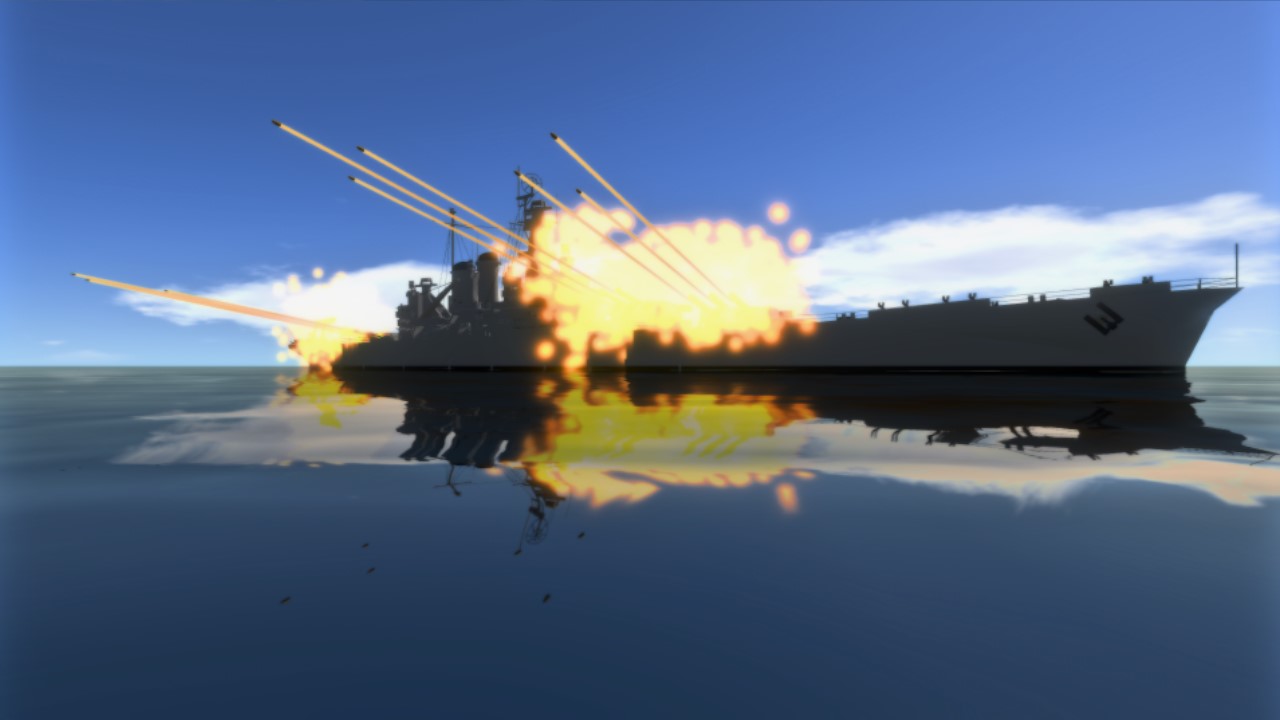
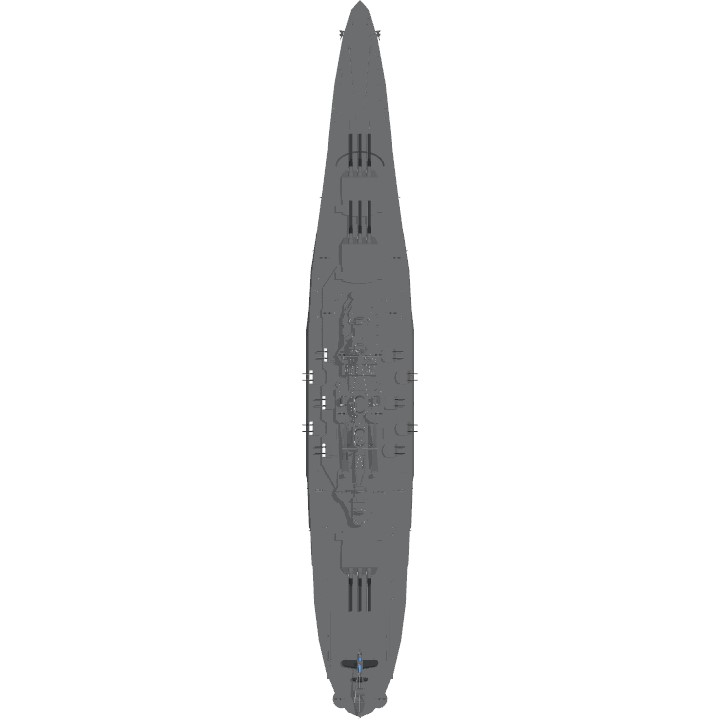
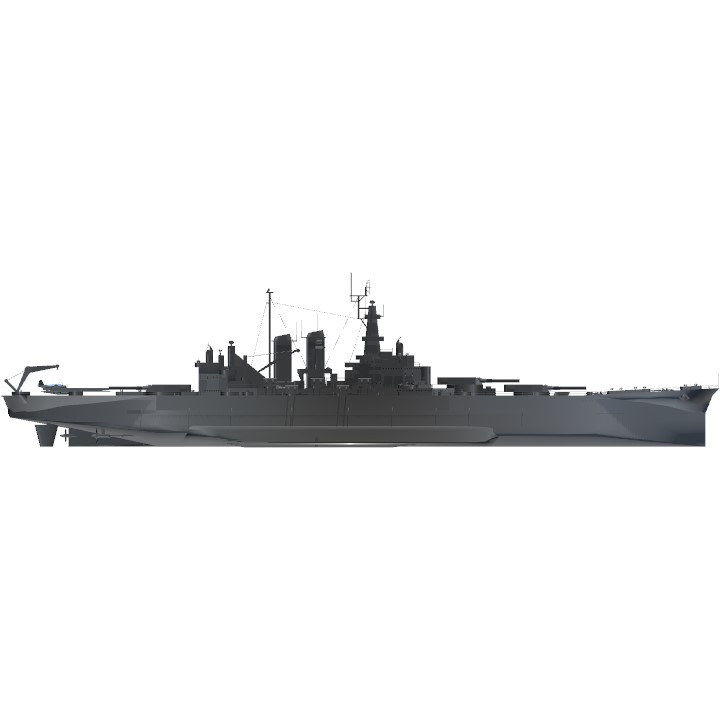
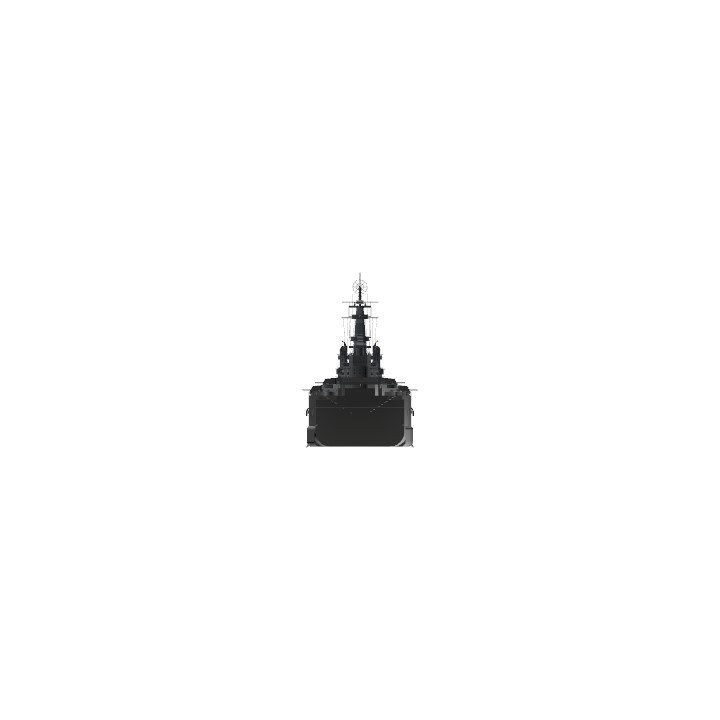
I wish I was this good at building stuff
real shit
This is so good. I modified it a bit by adding a bullet camera to one of the middle barrels on the front main guns so after you aim you can switch to the bullet cam shoot and see the bullets hit your target
@MrSilverWolf Ok
@MrSilverWolf Aw, come on. I was gonna reply! Now it's all gone!
Takes a while to find the time to respond to something like this.
@Graingy please refer to my comment below, much appreciated!
@ShiroNeko @Bogey @BMilan please take this debate to a unlisted or discord or somewhere off this particular post to not spam the comments with the debate, that’s all, thanks!
I love this ship so much!!
Thank you for making it!
I am having a slight problem being that the aircraft won’t throttle up.
Your back and with the only battleship I have ever steeped foot on
yooo you alive!
and posted a banger
Ooh
what the hay
Beautiful boat. Good work.